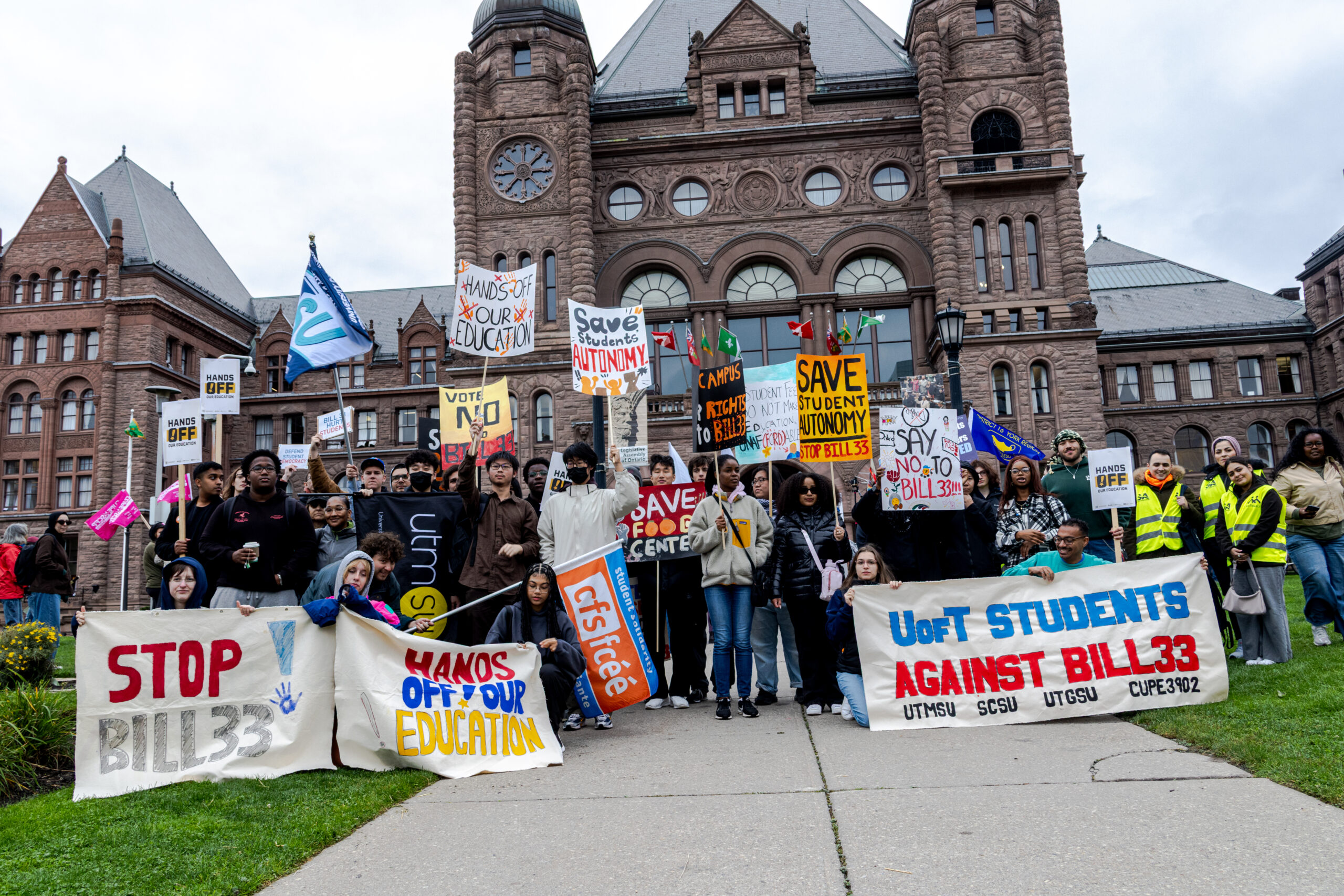Author Michael Lavergne drew on 20 years in the global apparel industry
“When I read the title I realized – that’s what we need, we need someone to fix this,” said Leah Barrett, professor at the school of fashion studies. “We have reached the saturation point, in terms of quantity, pace and (so on). But how are we going to fix it?”
Fashion students at George Brown will now have the opportunity to learn about the social and environmental issues with the global apparel industry, as Fixing Fashion, a textbook written by Michael Lavergne is introduced into an apparel sourcing course.
As a professor, Barrett said it’s impossible to teach people how to fix the fashion industry without looking back at the last 30 years. “And that’s what the author has done. He is able to tell that story.”
Lavergne, a global apparel industry insider, is definitely is able to tell the story. With 20 years of experience working internationally for brands, retailers, manufactures, auditing firms, he realized, “there was a need for a clear understanding of what is happening behind the scenes from someone from the industry.”
After many years spent dealing with labour and environmental issues in the industry, Lavergne developed a well-rounded view of apparel manufacturing. Unlike other similar books, written predominantly by journalists, Fixing Fashion is, according to Barrett, “the real person’s account of his own career in sourcing.”
Barrett admitted it was a struggle to find a book for apparel sourcing. Certain skills which fashion students have to learn could be rather dry in a textbook, she explained.
Lavergne, however, did not intend to write a textbook. Living and working offshore, he learned that people at factories in Bangladesh and managers at Toronto or New York head offices seek the same thing from their career. “It’s very humanizing to have the opportunity to spend a lot of time at a factory level,” he said. More contact with people who make the product, according to Lavergne, “gives you a different prospective and keeps you very real.”
It took half a year to summarize and write down his personal experience and background. Conducting deeper research was the most time-consuming, Lavergne said. “You don’t want to just give common sense based on your knowledge. You really have to have back up and resources for that.”
Fixing Fashion is an attempt to capture the rising social awareness and interest in subjects like offshore manufacturing, labour and environmental rights. Tragedies like the collapse of Rana Plaza collapse in 2013, according to Lavergne, have helped bring more attention on the global apparel industry.
According to Clean Clothes Campaign, a garment and sportswear worker advocacy group, 1,134 people were killed at the Rana Plaza garment factory in Bangladesh when the complex collapsed.
His book, Lavergne said, “is a good general introduction for people outside the industry who have seen these issues in the news and want to get a better understanding.” It is also a good secondary resource for students. Barrett agreed, and will be using Fixing Fashion as a supplementary material to her FASH 1066 course.
“Although it’s written for general introduction, there is a deeper amount of research information available for in-depth study,” said Lavergne.


